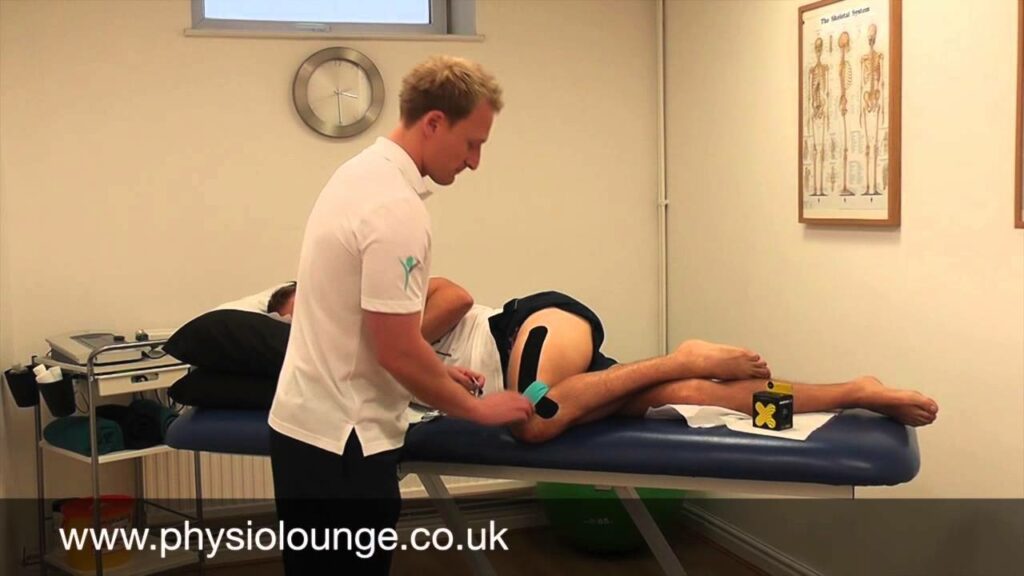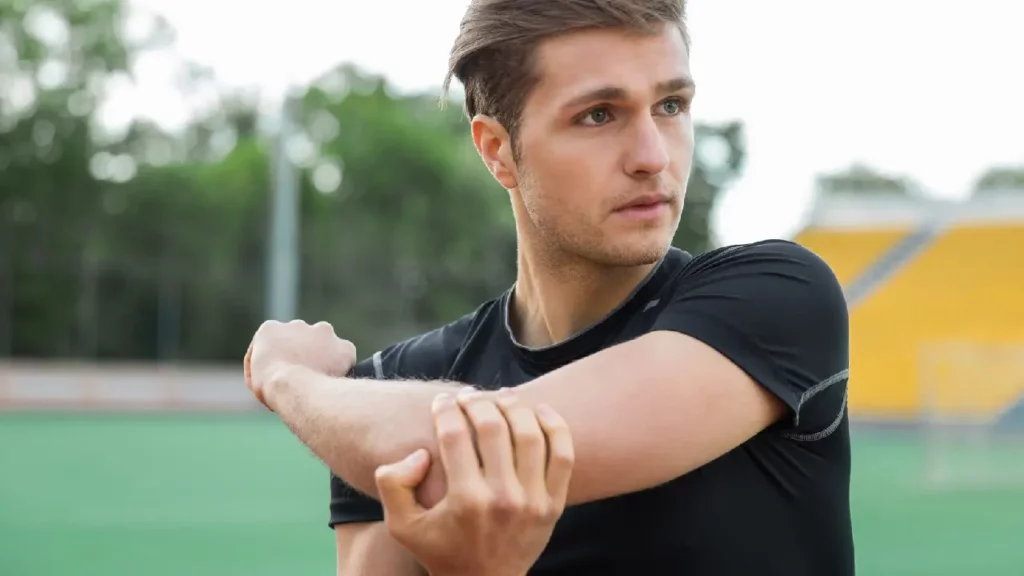Last year in the premier league there were 327 significant injuries sustained with an estimated 67, 025 days lost to injury in total. That averages out at 204 days lost to significant injury per player last year! And that’s professional elite level footballers, these players have access to the best surgeons, daily physio and the best facilities to carry out their rehab. So how should you react if you were to get injured this weekend???
- Determine the type of injury.
Muscle, joint, bone? The type of injury you have sustained is going to heavily influence the management and the prognosis to return to playing. We would definitely not recommend Dr. Google or being diagnosed by your mate who once pulled their hamstring too. The best thing you can do is to arrange an assessment with Sports Physio ASAP. Get yourself a diagnosis and put a structured rehab plan in place to get you back on the pitch as quickly and safely as possible!
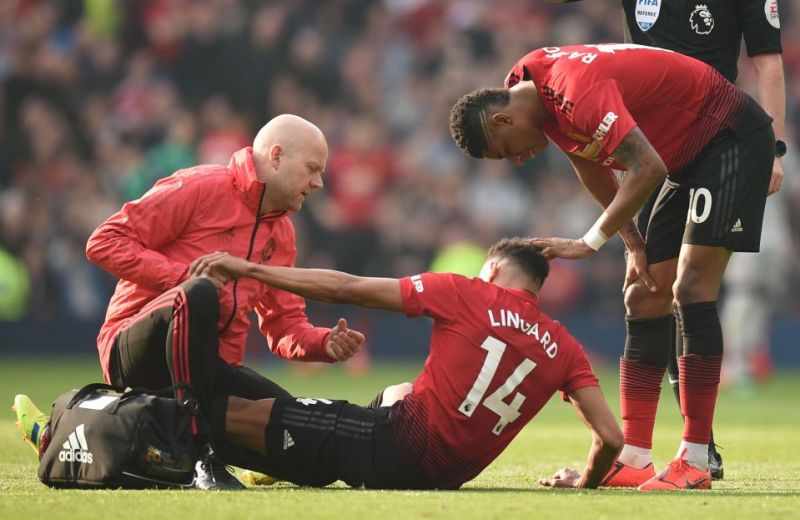
- ICE v HEAT
Which is best?? Both have their place, but, recent evidence emerging has placed doubts over the effectiveness of Ice as a treatment modality. As a general rule of thumb, Ice is good at managing pain. Heat is best with joint pain such as at the lower back or neck.
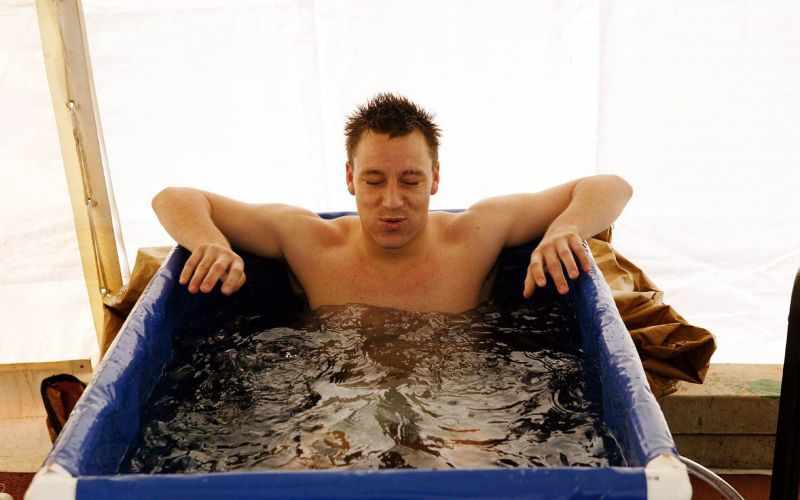
- REST
Recovery is key in the initial stages of acute injury. A minimum of 48 hours relative rest is what we would recommend for most minor injuries, obviously a more serious injury would require more. For the more serious injuries, early guidance by a Sports Physiotherapist is essential.
- TO COMPRESS OR NOT TO COMPRESS
If there is any form of swelling at a joint or at a muscle then compression for the first few days can drastically reduce swelling and recovery time. Only use compression longer than this if instructed by your Sports Physio.
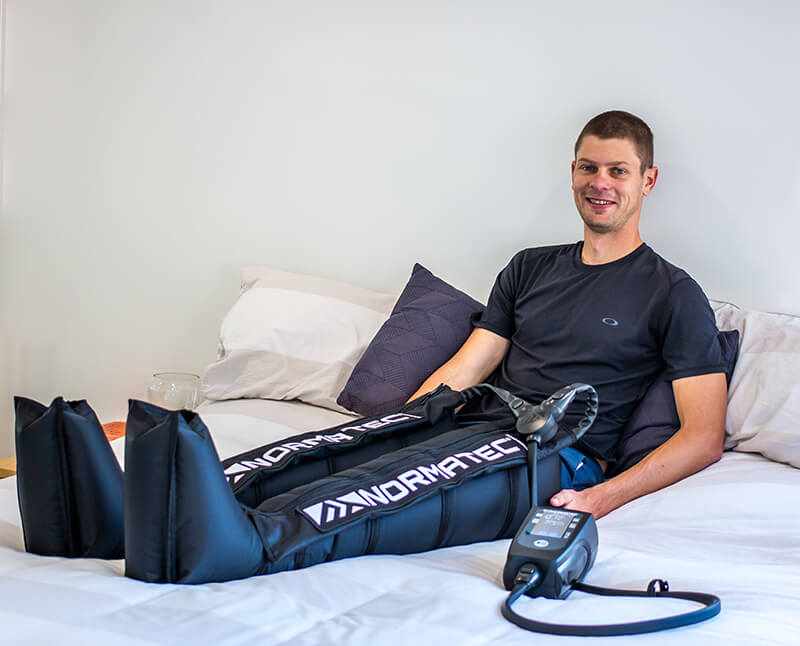
- MOVEMENT
After injury one of the most common occurrences is a loss of movement at a joint, this can be one of the most difficult things to restore during the rehab process. With this in mind early regular joint range of motion through its pain free range as often as possible is paramount. This prevents the joint from stiffening up too much and also keeps the muscles and soft tissue loose as you progress through the more advanced stages of rehabilitation.
- DO NOT RUSH BACK
When you’re injured athletes tend to decondition generally, losing match fitness and often timings. So, a graded return to your chosen sport is advised to allow you to assess your reaction to progressive loading and reduced the risk of further injury or recurrence of the original injury. Other body parts also lose their ability to tolerate load and become more perceptible to injury. Therefore, when fully cleared by your Physio we strongly recommend a prescribed return to sport programme including both strength and conditioning work and running drills.
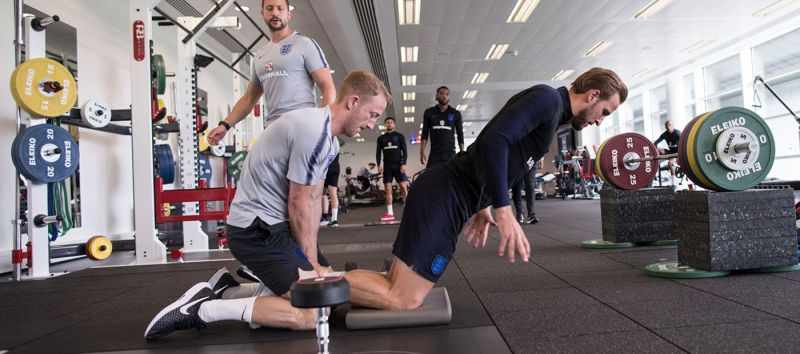
- WRAP UP
Sports injuries are inevitable (although occasionally preventable), but early effective management with a structured return to sport programme will allow for a fast and safe return to play. If you follow the advice from an experienced Sports Physiotherapist you will not only reduce the risk of re-injury but enhance your performance through improved movement mechanics.


